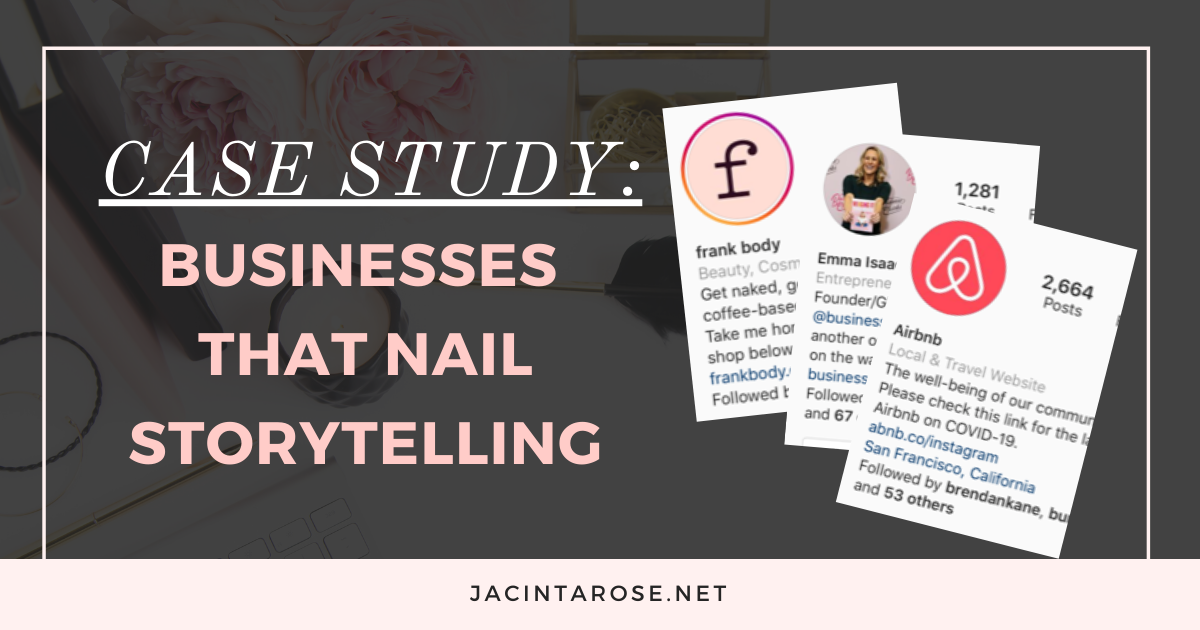I want to share a little background with you… before I went into freelance writing I used to be a communications professional. I’ve worked in government offices and in private businesses, mostly in the health sector. So, as you can imagine a lot of the writing I did was in the shape of media statements or annual reports, some of it dry and factual because it had to be.
As a result, when I left to freelance and started working for a variety of clients (and eventually got into fiction writing) I felt robotic and stuck. I couldn’t shake the shackles of being professional, cautious, and black and white.
The best thing I’ve done is pushed myself with self-education, business courses and also, a masterclass in creative writing. ALL of this has helped me get back to what I know and love — constructing sentences that sing and making people feel through carefully selected words.
I really want to help you and other small businesses/brands develop a voice that connects with audiences (all of this leading to sales and successful milestones). I think one of the best ways to grasp a concept is to see working examples. Below, I have given you case studies of an individual, a product and a brand. There will be something in this that you can relate to and translate across with your marketing… as you will see, it’s all about thinking outside of the box!
The individual: Emma Isaacs, Business Chicks.
I love Business Chicks, from the feeling you get when you spot one of their empowering social media posts to their actual live events (I just about wore myself out with bouncing excitement from meeting Elizabeth Gilbert at one of their masterclass events!). And, it seems that a lot of that ‘vibe’ stems from the top…
I encourage you to have a look at the ‘About’ page of Emma Isaacs, the founder and Global CEO of Business Chicks. I bet you’ve read some pretty dry facts and runsheets about CEOs — the places they’ve worked, the milestones they’ve hit etc, etc.
Well, on Emma’s page, her story tells us ‘…she treats her team like her family, she knows the Business Chicks members by name and she signs off emails with kisses – but that’s what makes Emma and the business so unique.’ Bet you’ve not seen such personal and fun details like that before?
The Product: Frank Body (the original coffee scrub).
Frank Body’s coffee scrub could have just been another product in the massive beauty market pool. The sector is filled with millions of items from much-loved and trusted products, to ones that belong to companies hundreds of years old.
How did this tiny product and unknown brand cause so much cut-through and disruption? I really believe it has come down to their branding and storytelling.
For example, on their homepage it simply says ‘I buff away dry skin to leave you smooth, even and satisfied. Like all good lovers should…’
Isn’t that great? Cheeky, but oh so simple to do! The personalisation of the product immediately gives the reader a softer feeling than the distanced, coldness of a basic product description. This technique can easily be applied to just about any product or business.
The brand: AirBnB
We’ve all heard of this fantastic company… but they weren’t always thought of in the way they are today. When they first launched they were positioned as an app that home owners could use. It was all very dry and techy.
Then, something happened… The company focused on being part of the hospitality game. They saw themselves as bigger than just an app on a phone. The founders recognised that what they had created was a community (of individuals opening their homes and the visitors using AirBnB again and again).
The company changed everything on the front end from their look to the way they sold their service — they switched to telling stories about homes, locations and the hosts. It has become all about about the emotional and tangible experiences people will have while on holiday (not at all about the actual functionality of the booking system). In fact, storytelling works so well for them that they now have their own magazine!
– – –
As you can see from these examples adding colour and emotion to their marketing has elevated these businesses. In essence, what I’m trying to show you is that by adding personality into your marketing/writing you’ll be using a winning tactic. It takes any subject matter from being factual and dry, to an interesting and absorbing marketing experience. And isn’t that what you want — to capture the attention of your ideal customer?!
ACTION STEP:
Find one thing in your business and try adding some personality to it as if you were explaining it to your best friend. Maybe experiment with one product or one service and draft a story about it.
Happy writing,
J x
Read more like this:

